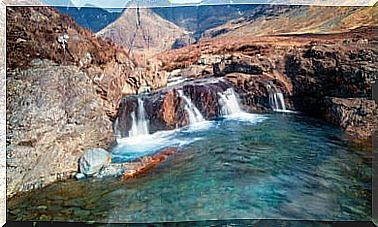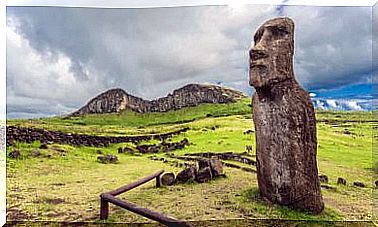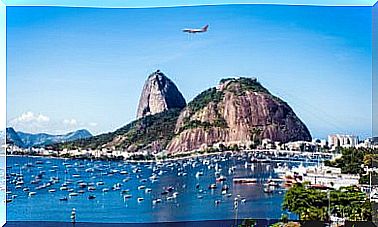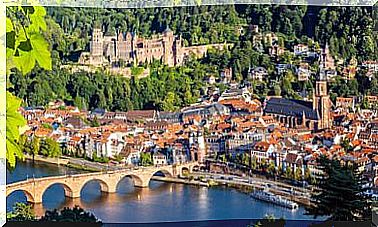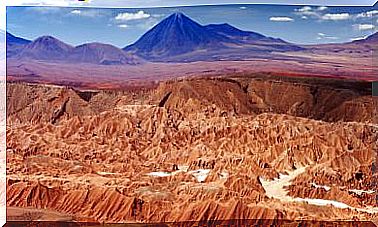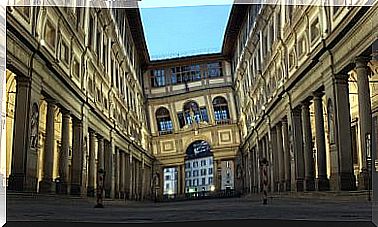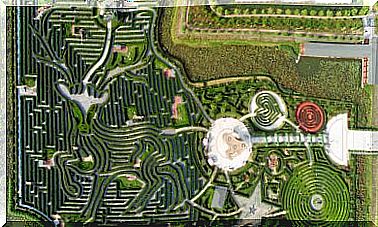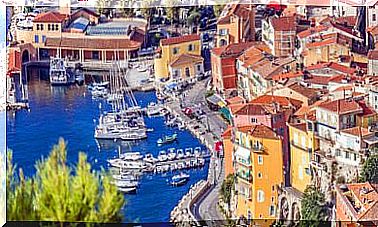Sukhotai Historical Park In Thailand, An Essential Visit
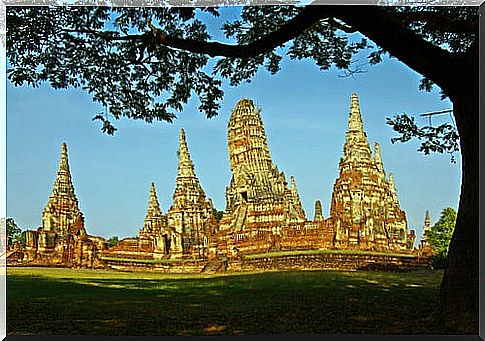
Those who are going to spend time in Thailand cannot leave this exotic nation without stopping by the spectacular Sukhotai ruins. In a certain classical period, this point was one of the most important cities in this eastern kingdom ruled by King Ramkamhaeng, third monarch of the Phra Ruang dynasty, known throughout the nation for being the founder of the Thai alphabet.
The Sukhotai ruins, a spectacular historical site
These extraordinary remains have been declared a World Heritage Site. Throughout the tour of the enclosure the tourist will find a large number of temples belonging to the 13th and 14th centuries. All of them were created trying to achieve a curious balance between the beauty of nature and the knowledge of man.
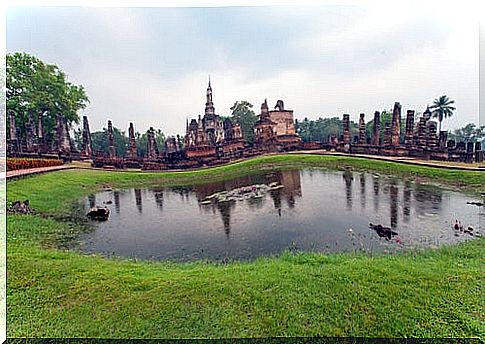
The complex is completely walled and has approximately forty sanctuaries divided between its inner part, where there are about twenty, and the external area that surrounds its walls, which houses about fifteen.
In the nearby Ramkhamhaeng Museum we will find a large number of pieces belonging to the monarchy. There they have an interpretation center where we can find out about everything related to the park. At that same point it is possible to rent bicycles to carry out the itinerary or, if you prefer, even colorful tuk-tuks that will prevent us from tiring our legs.
The temples that you cannot miss
Wat mahathat
Inside the wall, right in the central area, is the Wat Mahathat whose name could be translated as Temple of the Relic. This building was erected by King Rama I, founder of the Chakri dynasty, the same one that continues to rule in Thailand today.
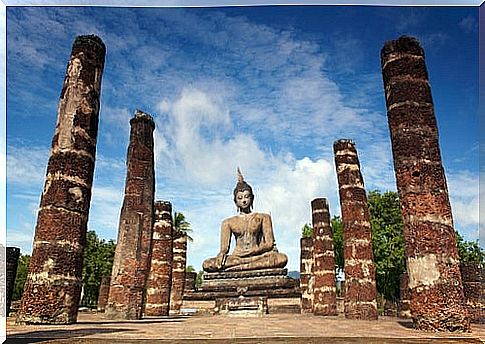
Inside we can see a statue of Buddha sitting on a base. The headdress on his head is striking. The position in which their hands are usually goes unnoticed but it is of great importance as it symbolizes the Varada Mudra, in other words, with its long fingers the image praises magnificence and altruism.
On both sides there are two stupas, a type of traditional Buddhist construction. They are usually considered as spaces of illumination and it is said that their interior emanates rest, peace and tranquility. This oratory is perhaps the most popular of all those housed in Sukhotai.
Wat Si Sawai
Also within the walled enclosure the tourist will find another interesting chapel practically as original as the previous one. The only difference is that the latter is surrounded by a beautiful garden area.
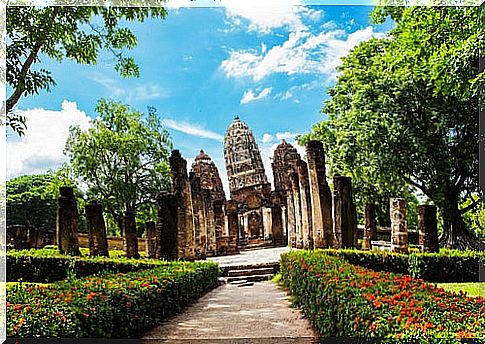
We speak of Wat Si Sawai, which was raised in honor of three gods of the Hindu religion: Brahma, the creator; Vishnu, the protector and Shiva, the renovator. All of them together, form the so-called Trimurti, that is, the representation of the basic qualities that reign in the world. In other words, goodness or Sattva, the Rajas that indicates passion and darkness, defined as Tamas.
Despite the strong Hindu culture of the country, the temple was transformed into a Buddhist meditation site over the years. This gave it a stupa that was added later and that has given it a lot of originality. The latter was added to the two smaller round ones that it had previously.
Wat Sa Si
Near Wat Si Sawai and surrounded by a beautiful pond full of water lilies and a wooded area, we will come across Wat Sa Si, another of the monasteries characteristic of this mystical place.
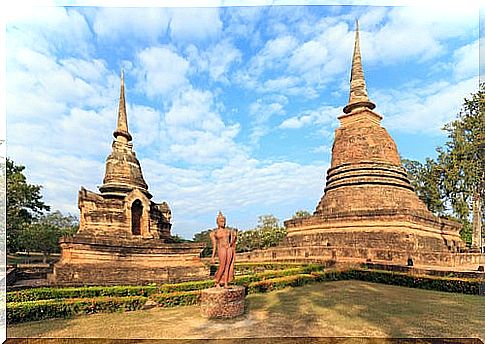
Access to it is carried out only by crossing a bridge. However, this will not be inconvenient for the traveler who will enjoy the beauty of the ride. Once we have crossed the walkway, a large bell-shaped pagoda in perfect condition will appear before our eyes. Under its roof are kept the ashes of an ancient king.
Before her, on a circular stone we will see the walking figure of Buddha. Despite being walking, if we look closely, we can see that his eyes are half closed and almost closed. According to the Buddhist tradition, this indicates the intention of ignoring everything that is superficial in order to give greater importance to the personal and the inner richness of each one.

